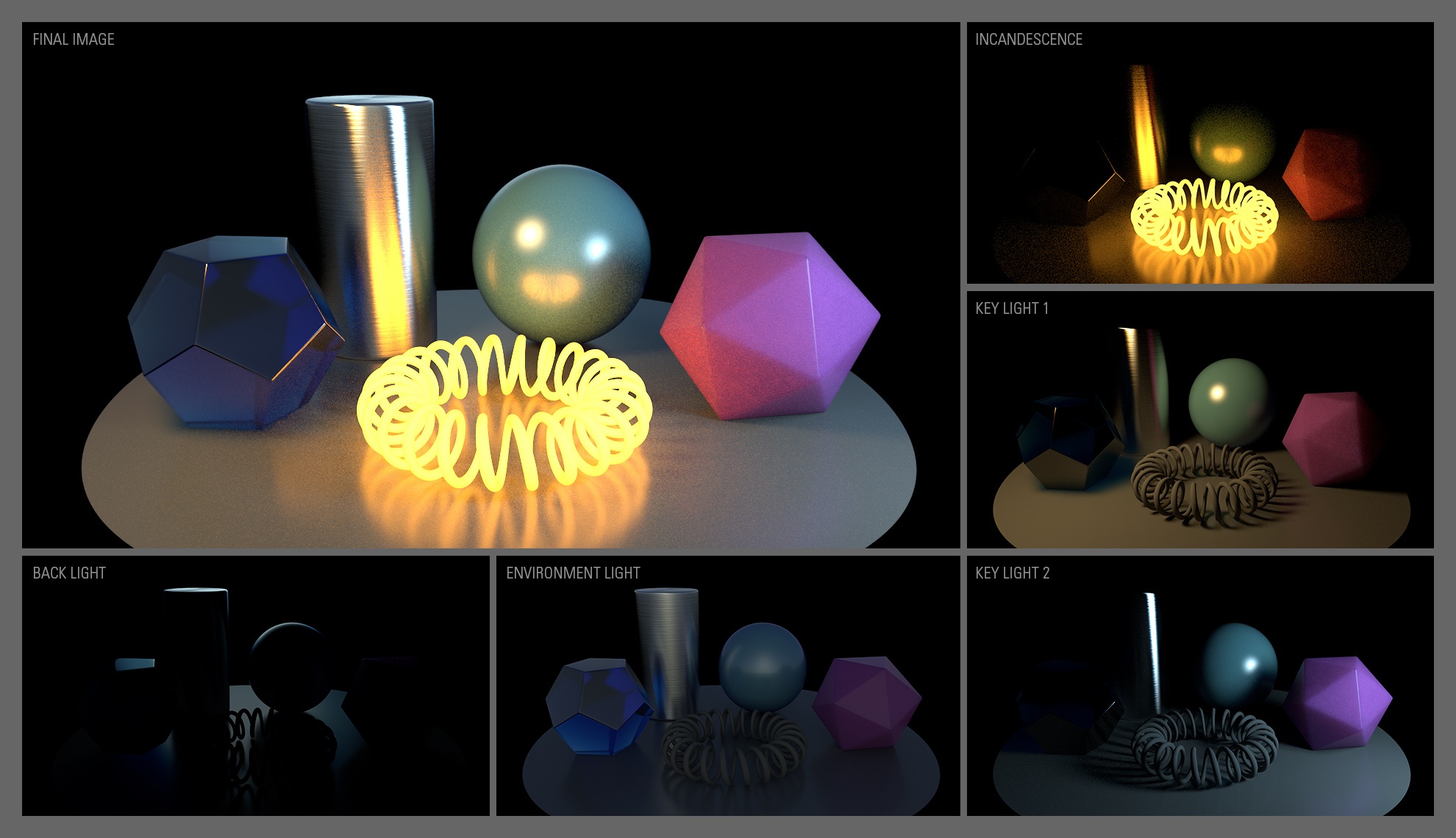
- RENDERMAN ENVIRONMENT LIGHT HOW TO
- RENDERMAN ENVIRONMENT LIGHT FULL
- RENDERMAN ENVIRONMENT LIGHT PLUS
- RENDERMAN ENVIRONMENT LIGHT SERIES
RENDERMAN ENVIRONMENT LIGHT HOW TO
We will talk about the basics of ACES, why it's important for your productions, how to set it up in Houdini, Arnold and Nuke. This is the content that we will go through in the video for almost three hours.
RENDERMAN ENVIRONMENT LIGHT FULL
I just finished the second video for Lighting a full CG shot in Houdini, if you are a patron you will find it in the next private post.
RENDERMAN ENVIRONMENT LIGHT PLUS
This is a two plus hours video tutorial posted on my Patreon feed. You also are going to be able to override looks, versioning looks in Shotgun and many more things. On top of that, I'm going to show you how to create look files that can be easily exported to use in lighting shots, independently in Maya or Houdini. With this workflow you are going to be able to do so in a very clean, tidy and efficient way. These days it is very common to work in a traditional 3D package like Maya while creating assets and then moving to a scene assembler like Houdini or Katana to do shots. Working with arnold operators can be very beneficial in your visual effect pipeline, among other things you are going to be able to transfer "for free" pretty much anything from one 3D package to another, in this case from Maya to Houdini and vice-versa. In this video I will guide you trough arnold operators in both Maya and Houdni to show you advanced methods for creating looks, and potentially anything arnold related. We’ll be doing this simple shot below from start to finish, it is quite simple and graphic I know, but to get there I’m going to explain to you many things that you are going to be using quite a lot in visual effects shots, more than we actually end up using in the shot. Let me explain to you what is all of this about. We are going to be able to cover more features of the render engine and also discover more broad techniques that hopefully you will find interesting.
RENDERMAN ENVIRONMENT LIGHT SERIES
The next couple of videos about this series are going to be dedicated to doing from scratch to finish a little project using Redshift. This should give you a pretty good base to start your projects in Houdini and Redshift, or whatever 3D app you want to use with Redshift. In the third episode we talked about camera mapping, surface shaders, texturing, displacement maps from Mari and Zbrush, how to ingest Substance Painter textures and did a few surfacing exercises.

We also talked about Redshift lighting tools, built-in atmospheric effects, and cameras.

I shared with you my own “cheat sheets” to deal with GI and sampling.


We have already discussed in depth the most basics features like global illumination and sampling. My Patreon series “Introduction to Redshift for VFX” is coming to an end. Downloadable material will be attached in the next post. We'll be working with the latest versions of Houdini, Arnold and ACES.Īs usually, the video starts with some slides where I try to explain why building a lookdev rig is a must before you do any work on your project, don't skip it, I know it is boring but very much needed. Talking about HDA's, I will be introducing the new features for HDA's that come with Houdini 18.5.633 that I think are really nice, specially for smaller studios that don't have enough resources to build a pipeline around HDA's.īy the end of this video you should be able to build your own lookdev tool and adapt it to the needs of your projects. It is in a way similar to the one we did for Katana a while ago, but using all the power and flexibility of Houdini's HDA system. In this video I show you how to create a production ready lookdev rig for Houdini, or what I like to call, a single click render solution for your lookdevs.


 0 kommentar(er)
0 kommentar(er)
